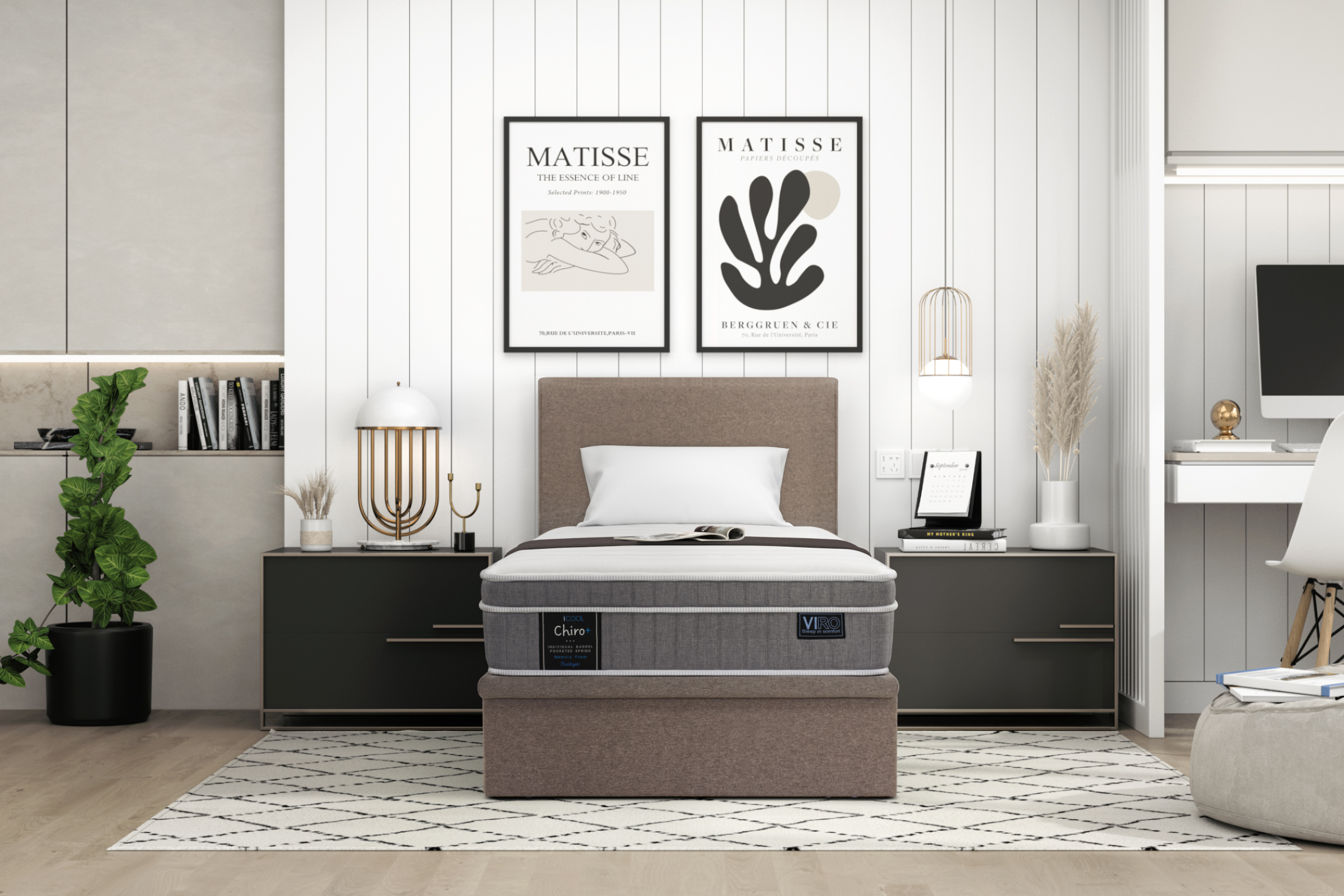Color Balance in Living Room Design
When it comes to designing your living room, choosing the right colors is essential for creating a space that is both visually appealing and comfortable. However, with so many color options available, it can be challenging to know where to start. That's why understanding color balance is crucial in creating a cohesive and harmonious living room design. In this article, we will discuss the top 10 ways to balance color in your living room and create a space that reflects your personal style.
How to Create a Balanced Color Scheme in Your Living Room
The first step in creating a balanced color scheme is to choose a main color that will serve as the foundation for your design. This could be a bold and vibrant color or a neutral shade, depending on your personal preference. Once you have chosen your main color, it's crucial to incorporate complementary colors to add depth and balance to your living room. These are colors that are opposite on the color wheel and can create a striking contrast when used together.
Tips for Choosing the Right Colors for Your Living Room
When choosing colors for your living room, it's essential to consider the size and layout of the room. For smaller spaces, it's best to stick with lighter colors to create the illusion of a larger space. On the other hand, larger rooms can handle darker shades without feeling too overwhelming. It's also important to consider the purpose of the room. Do you want a calm and relaxing space, or a vibrant and energetic one? This will help guide your color choices.
Creating a Harmonious Color Palette for Your Living Room
To create a harmonious color palette for your living room, it's essential to choose colors that complement each other. This could be achieved by using different shades of the same color or by choosing colors that have similar tones. It's also helpful to use a color wheel to see which colors work well together and create a cohesive look. Another tip is to stick with three or four main colors and use them throughout the room in different elements such as walls, furniture, and decor.
Using Color Theory to Balance Your Living Room Decor
Color theory is the study of how colors interact with each other and how they can affect our emotions and mood. When it comes to balancing color in your living room, understanding color theory can be incredibly helpful. For example, warm colors like red, orange, and yellow can create a cozy and inviting atmosphere, while cool colors like blue, green, and purple can promote a sense of calm and relaxation. Consider using a mix of warm and cool colors to create a well-balanced and inviting living room.
Incorporating Contrasting Colors in Your Living Room Design
Contrasting colors are colors that are opposite on the color wheel. While they may seem like they wouldn't work well together, they can create a visually striking and balanced living room design. For example, pairing a bold and bright color like red or yellow with a neutral color like gray or beige can create a beautiful contrast that adds interest and depth to your living room. Don't be afraid to experiment with contrasting colors in your decor and furniture choices.
Achieving Balance with Neutral Colors in Your Living Room
Neutral colors are a great choice for creating a balanced and timeless living room design. They can also serve as a foundation for adding pops of color in your decor and furniture. To achieve balance with neutral colors, it's crucial to choose a variety of shades and textures. For example, pairing light and dark shades of gray or beige and incorporating different textures like wood, metal, and fabrics can create a visually appealing and balanced living room.
The Role of Lighting in Balancing Color in Your Living Room
Lighting plays a significant role in how colors are perceived in a room. The type and placement of lighting can affect the color of your walls and furniture. For example, warm lighting can make a cool-colored room appear warm and cozy, while cool lighting can make a warm-colored room appear calm and relaxing. It's also important to have a balance of natural and artificial lighting to create a well-lit and balanced living room.
Using Accent Colors to Add Balance to Your Living Room
Accent colors are an excellent way to add balance and interest to your living room design. These are colors that are used sparingly, usually in the form of decor and accessories. When choosing accent colors, it's essential to consider the color palette of your living room and choose colors that complement it. You can also use accent colors to tie different elements of your living room together, creating a cohesive and well-balanced look.
Creating a Cohesive Color Scheme for Your Living Room
Ultimately, the key to balancing color in your living room design is to create a cohesive and well-thought-out color scheme. This means choosing colors that work well together and using them consistently throughout the room. It's also essential to consider the style of your living room and choose colors that reflect it. Whether it's modern, traditional, or eclectic, a cohesive color scheme will tie the room together and create a visually appealing and balanced space.
The Importance of Lighting
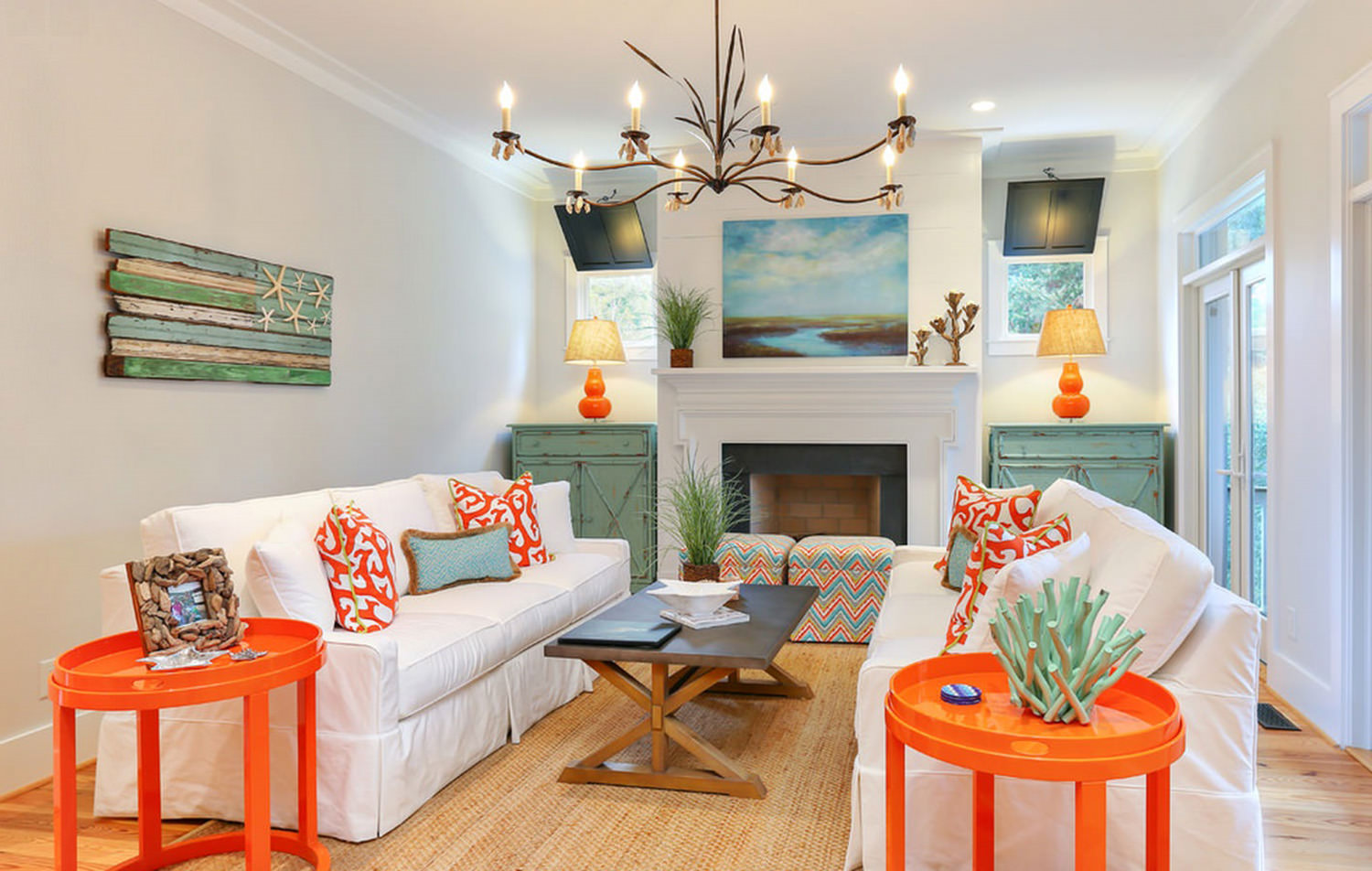
Creating the Perfect Ambiance
 When it comes to balancing color in your living room, lighting is a crucial element to consider. Proper lighting can enhance the colors in your room and create the perfect ambiance. Natural lighting is always the best option, so make sure to take advantage of any windows in your living room. However, for the evenings or darker days, artificial lighting is necessary to maintain a balanced color scheme.
Warm or Cool?
When choosing lighting for your living room, it's important to consider the tone of your color scheme. If you have warm colors, such as reds, oranges, and yellows, opt for warm lighting to complement them. On the other hand, if you have cool colors, like blues, greens, and purples, cool lighting will work best. Mixing warm and cool lighting can create a clashing effect and throw off the balance of your color scheme.
Layering Light
Another key factor in balancing color in your living room is the layering of light. Different types of lighting, such as overhead lights, table lamps, and floor lamps, can create depth and dimension in your room. This layering also allows you to control the intensity of light in different areas, which can enhance certain colors and create a more balanced overall look.
Dimmer Switches
Installing dimmer switches in your living room can also be beneficial in balancing color. This allows you to adjust the brightness of your lighting, depending on the time of day and the natural lighting in the room. It also gives you the ability to create a softer, more intimate atmosphere for movie nights or a brighter, more energized feel for gatherings with friends.
In conclusion, lighting plays a crucial role in balancing color in your living room. By considering the tone of your color scheme, layering different types of lighting, and utilizing dimmer switches, you can create the perfect ambiance and enhance the colors in your room. Don't overlook the importance of lighting in your design process, as it can truly make or break the overall look and feel of your living room.
When it comes to balancing color in your living room, lighting is a crucial element to consider. Proper lighting can enhance the colors in your room and create the perfect ambiance. Natural lighting is always the best option, so make sure to take advantage of any windows in your living room. However, for the evenings or darker days, artificial lighting is necessary to maintain a balanced color scheme.
Warm or Cool?
When choosing lighting for your living room, it's important to consider the tone of your color scheme. If you have warm colors, such as reds, oranges, and yellows, opt for warm lighting to complement them. On the other hand, if you have cool colors, like blues, greens, and purples, cool lighting will work best. Mixing warm and cool lighting can create a clashing effect and throw off the balance of your color scheme.
Layering Light
Another key factor in balancing color in your living room is the layering of light. Different types of lighting, such as overhead lights, table lamps, and floor lamps, can create depth and dimension in your room. This layering also allows you to control the intensity of light in different areas, which can enhance certain colors and create a more balanced overall look.
Dimmer Switches
Installing dimmer switches in your living room can also be beneficial in balancing color. This allows you to adjust the brightness of your lighting, depending on the time of day and the natural lighting in the room. It also gives you the ability to create a softer, more intimate atmosphere for movie nights or a brighter, more energized feel for gatherings with friends.
In conclusion, lighting plays a crucial role in balancing color in your living room. By considering the tone of your color scheme, layering different types of lighting, and utilizing dimmer switches, you can create the perfect ambiance and enhance the colors in your room. Don't overlook the importance of lighting in your design process, as it can truly make or break the overall look and feel of your living room.

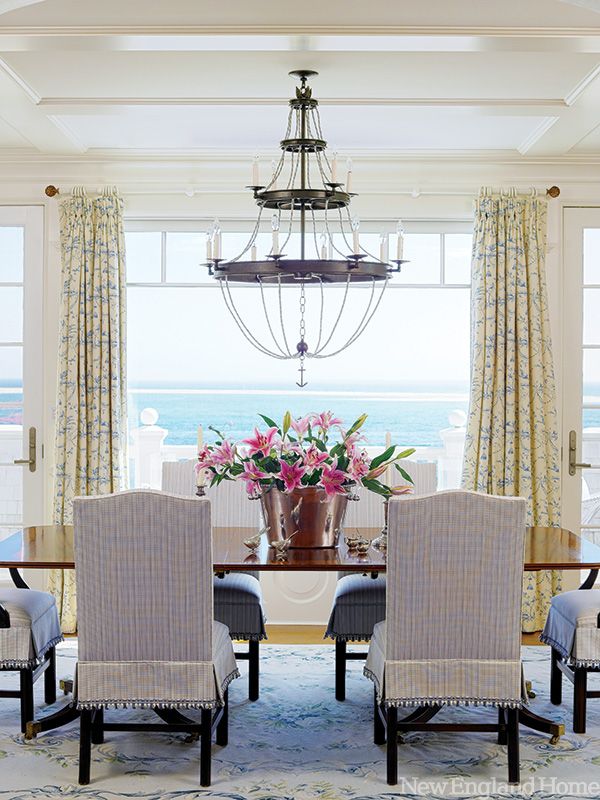



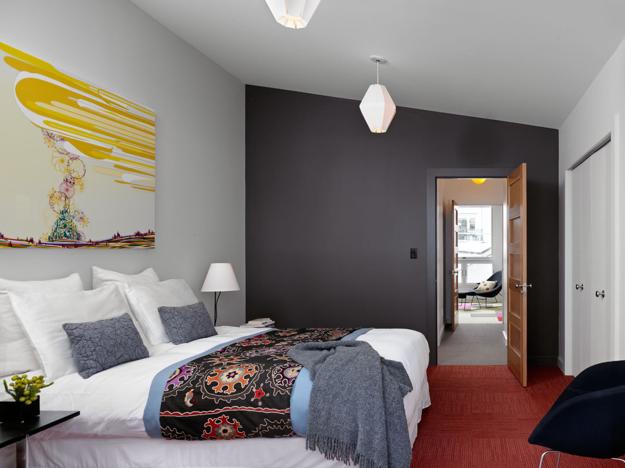
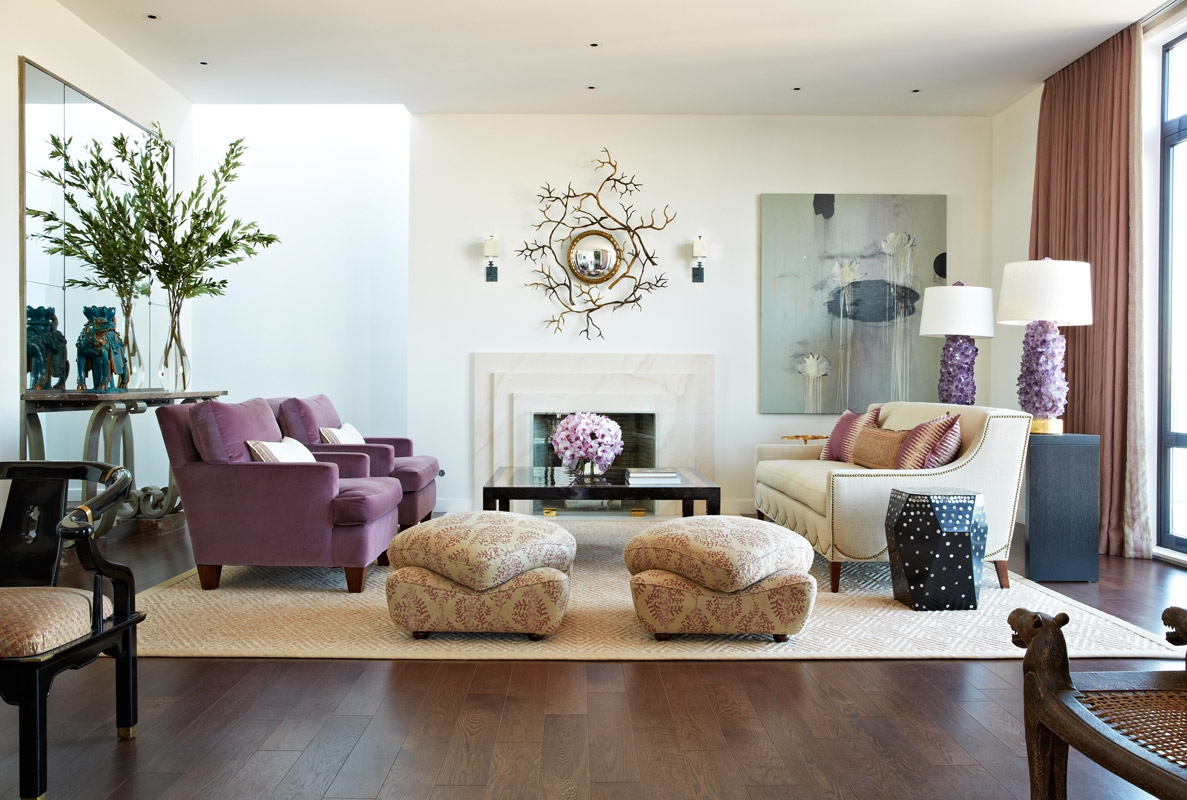





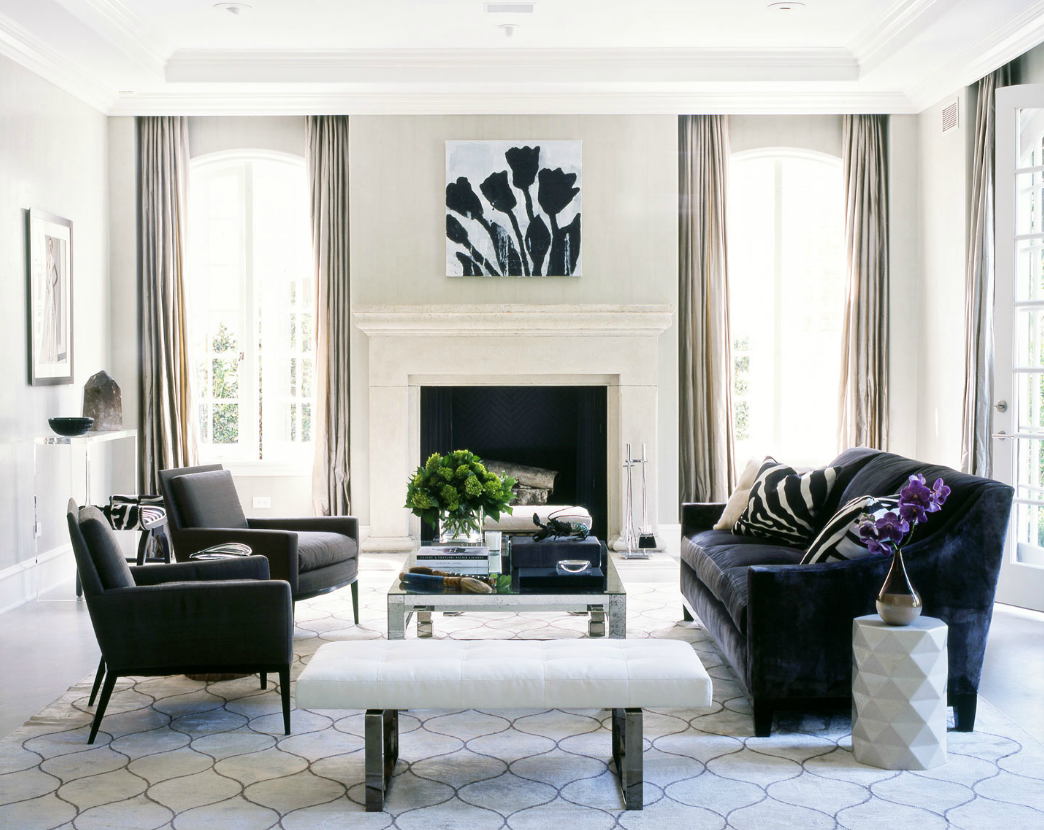
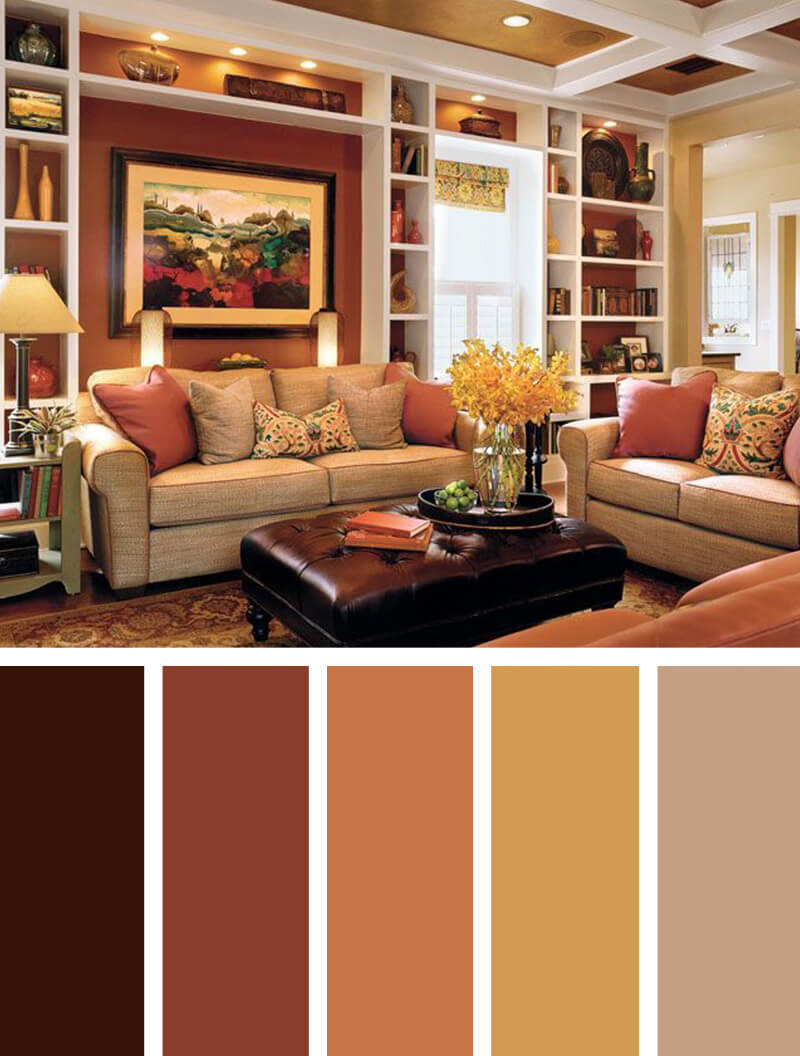





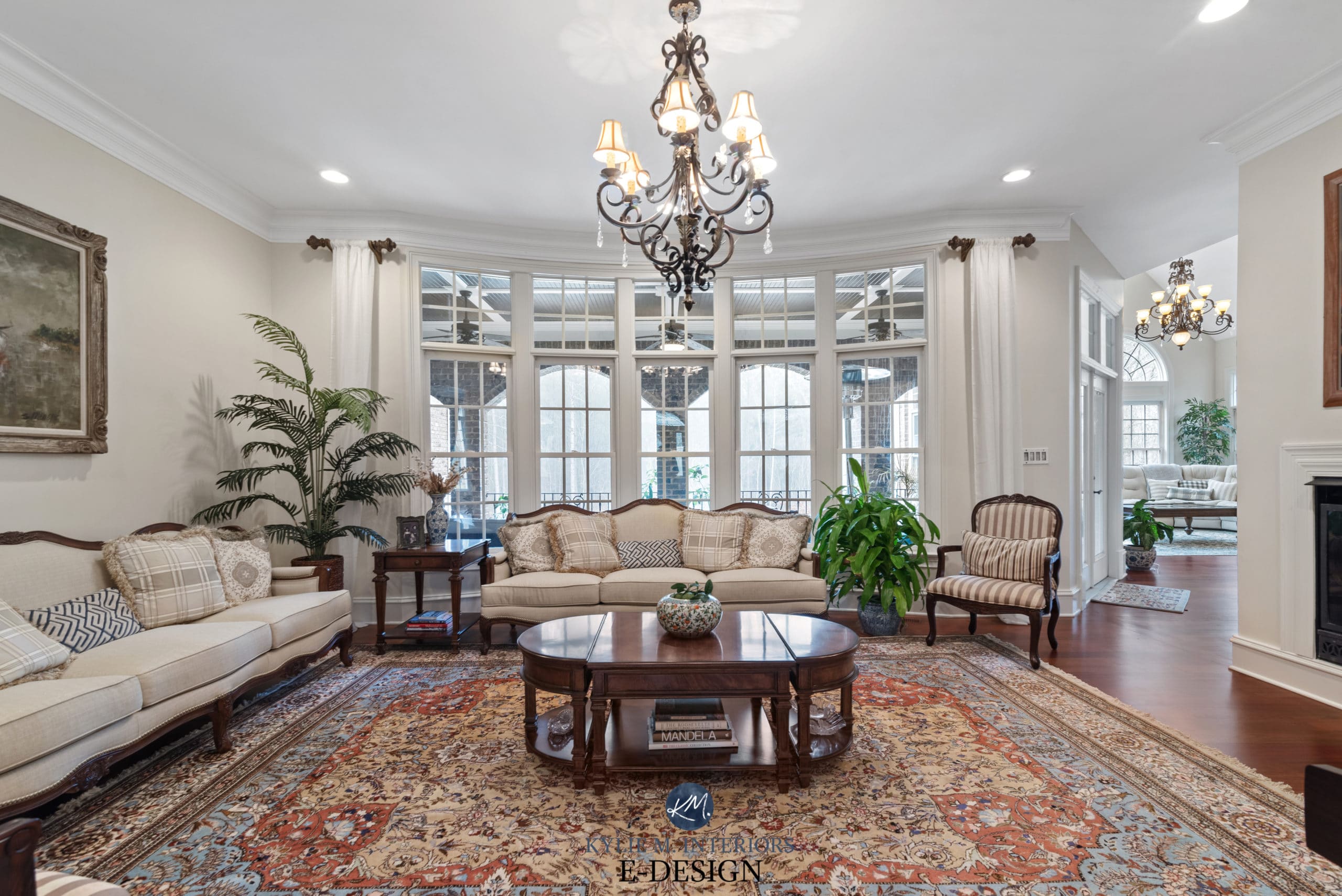
:extract_focal()/https://pocket-syndicated-images.s3.amazonaws.com/articles/5304/1596722483_at_housetours_2019-06_VivY-RhiannonSouthwell_AT_rhiannon_vivyapp-12.jpg)
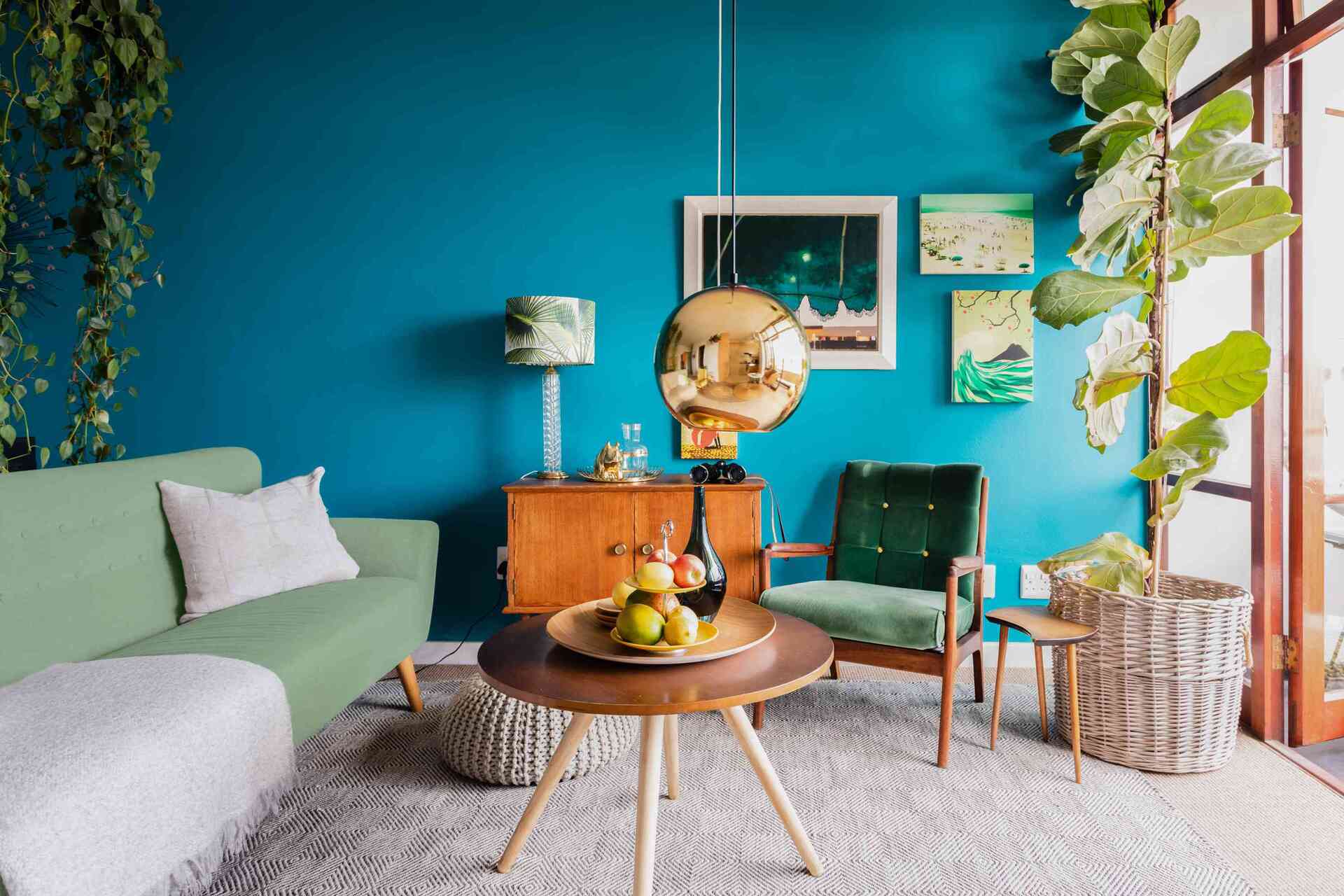
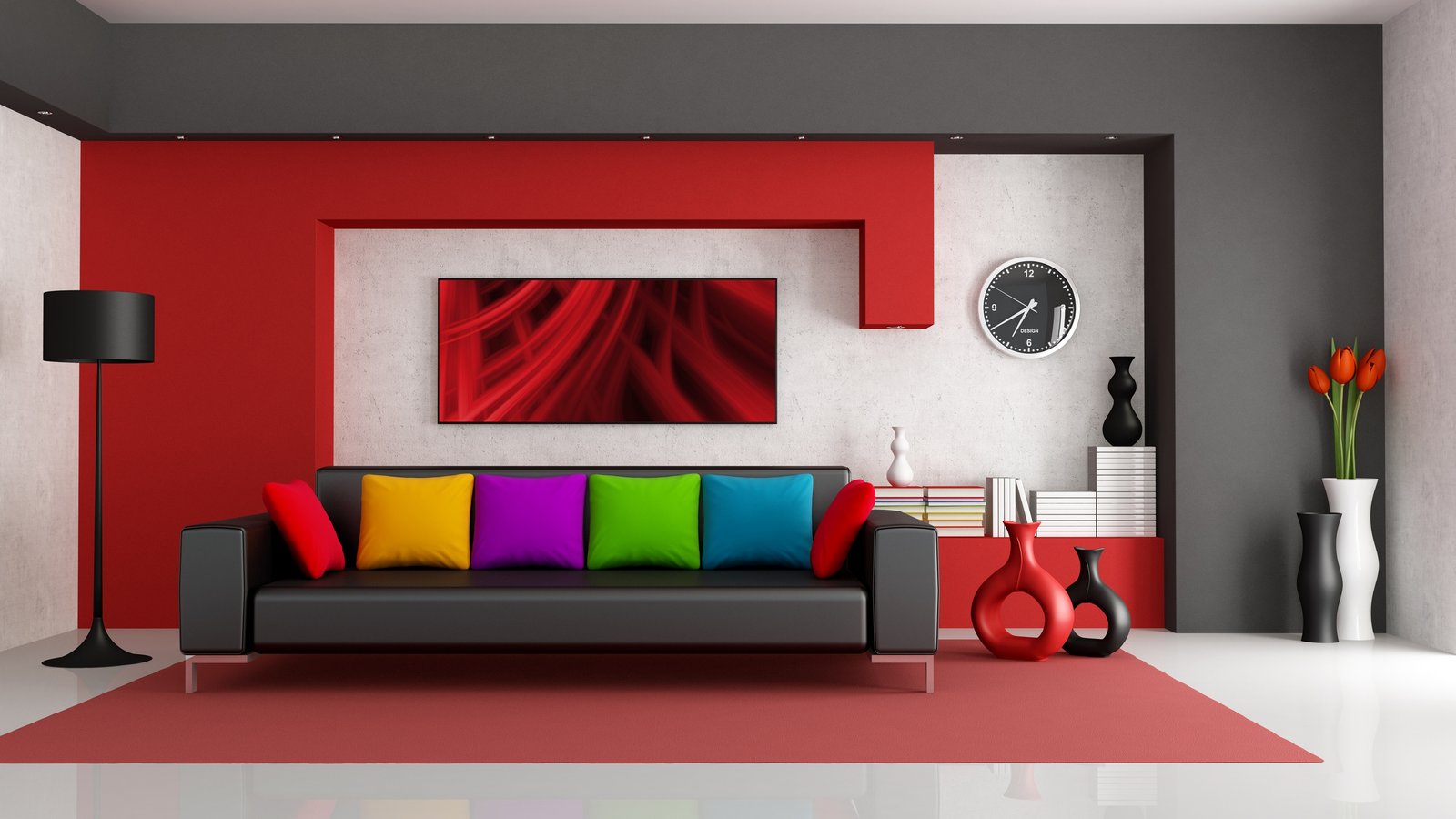
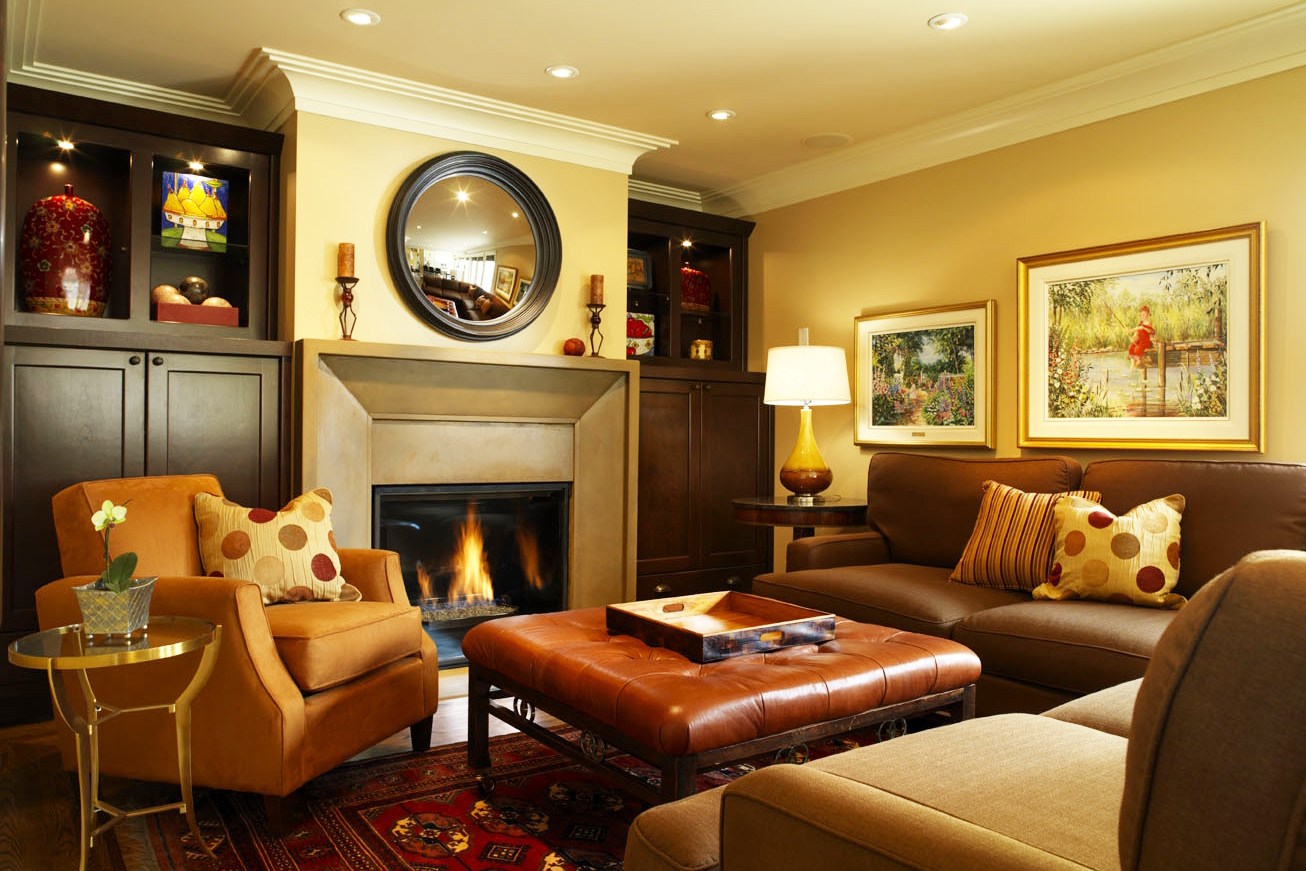
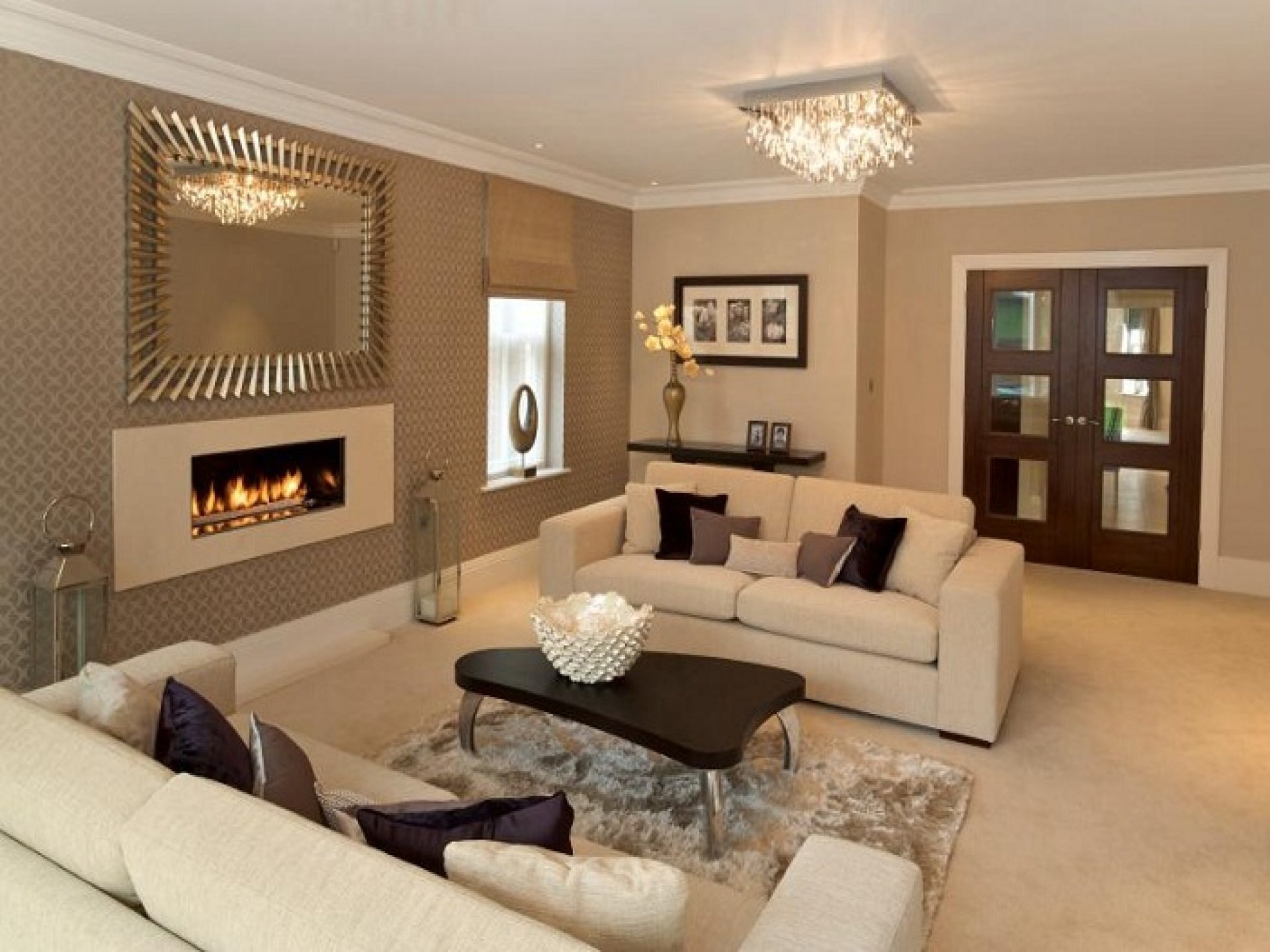










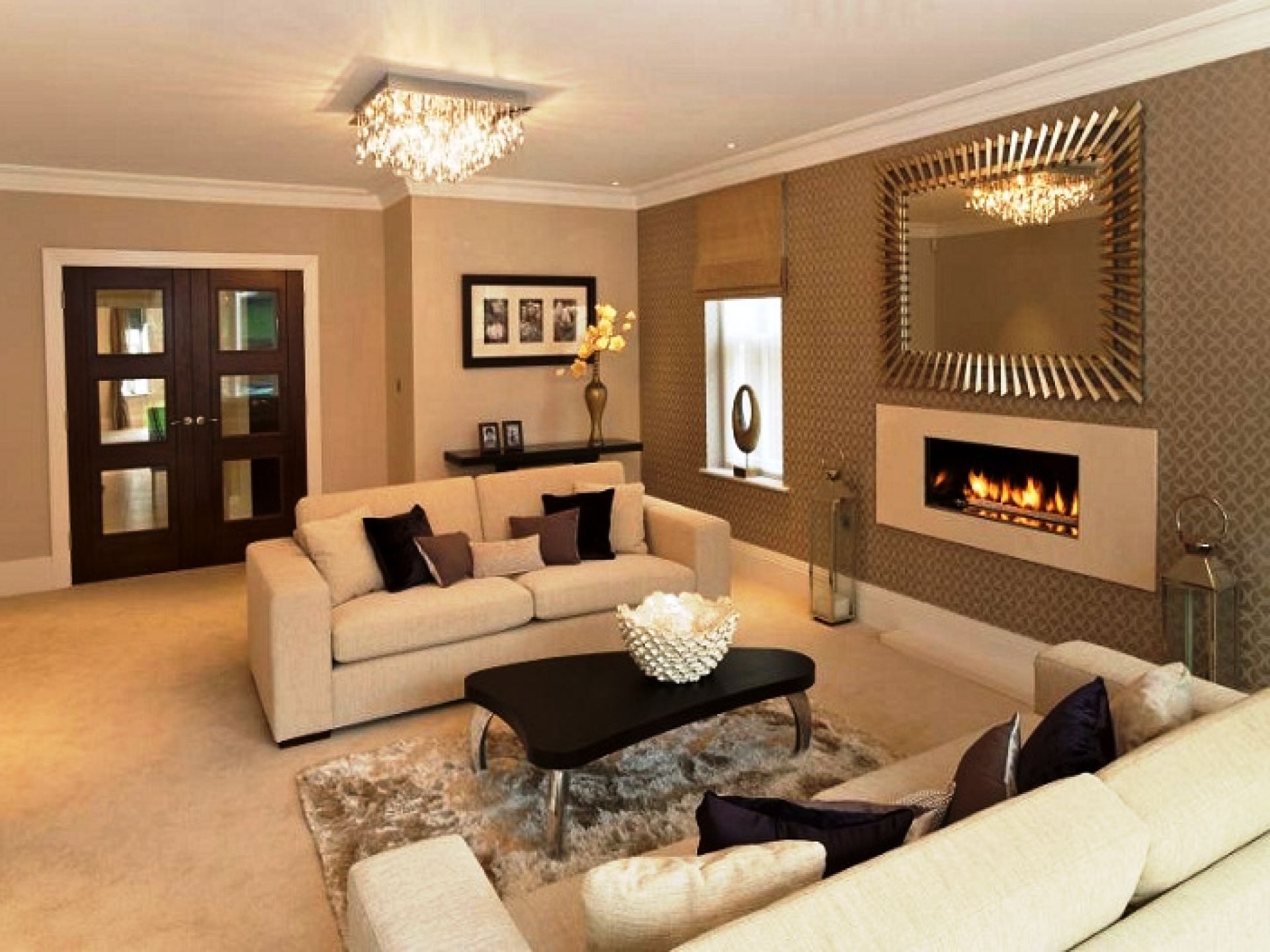

:max_bytes(150000):strip_icc()/choosing-interior-paint-colors-4011484-007-b567461297e44c4f8a84f1088e1f40ea.jpg)
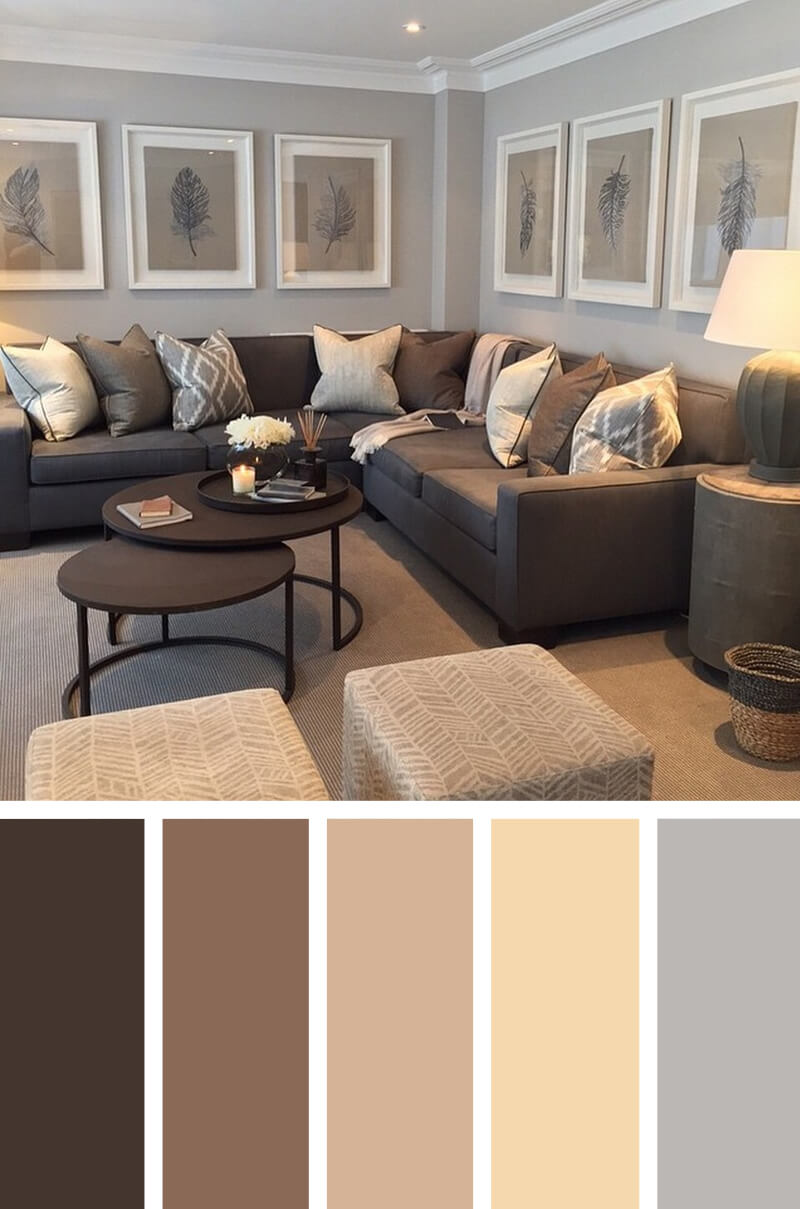

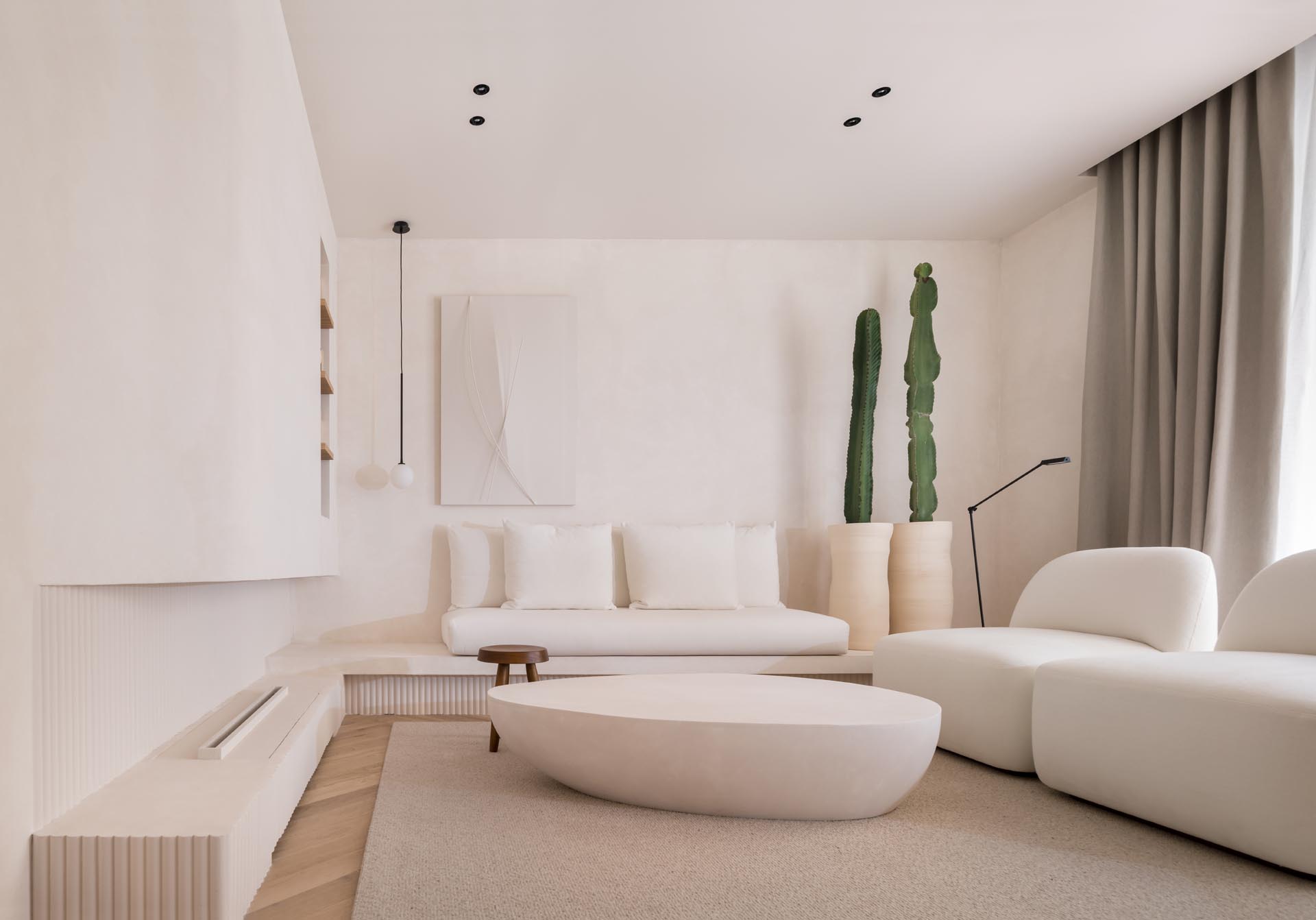



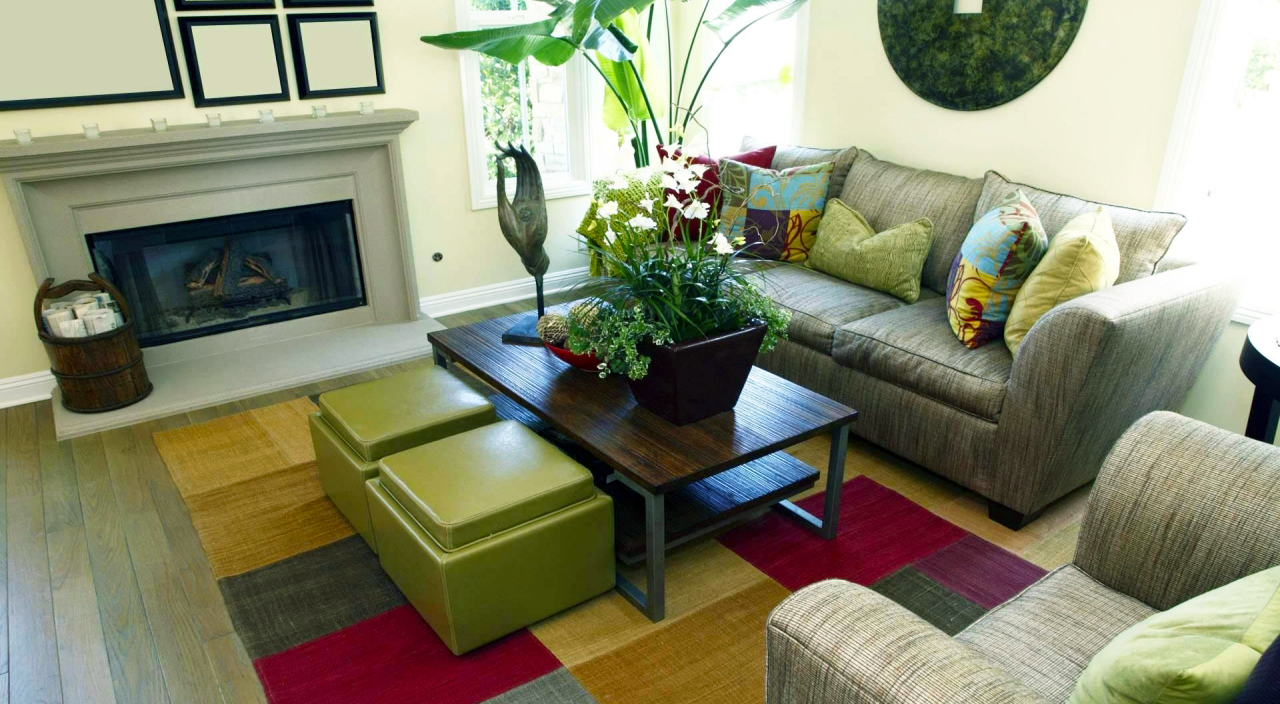
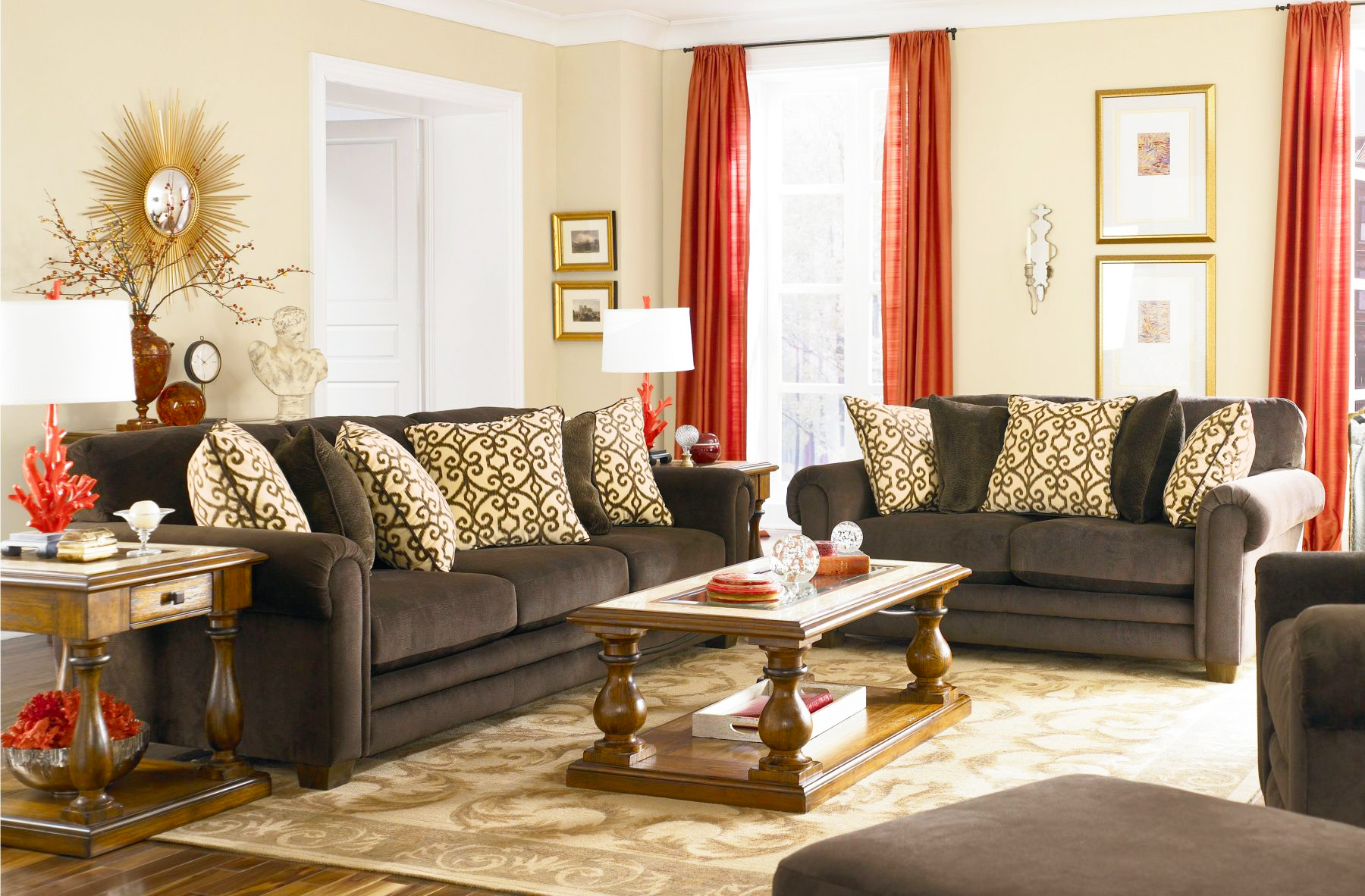

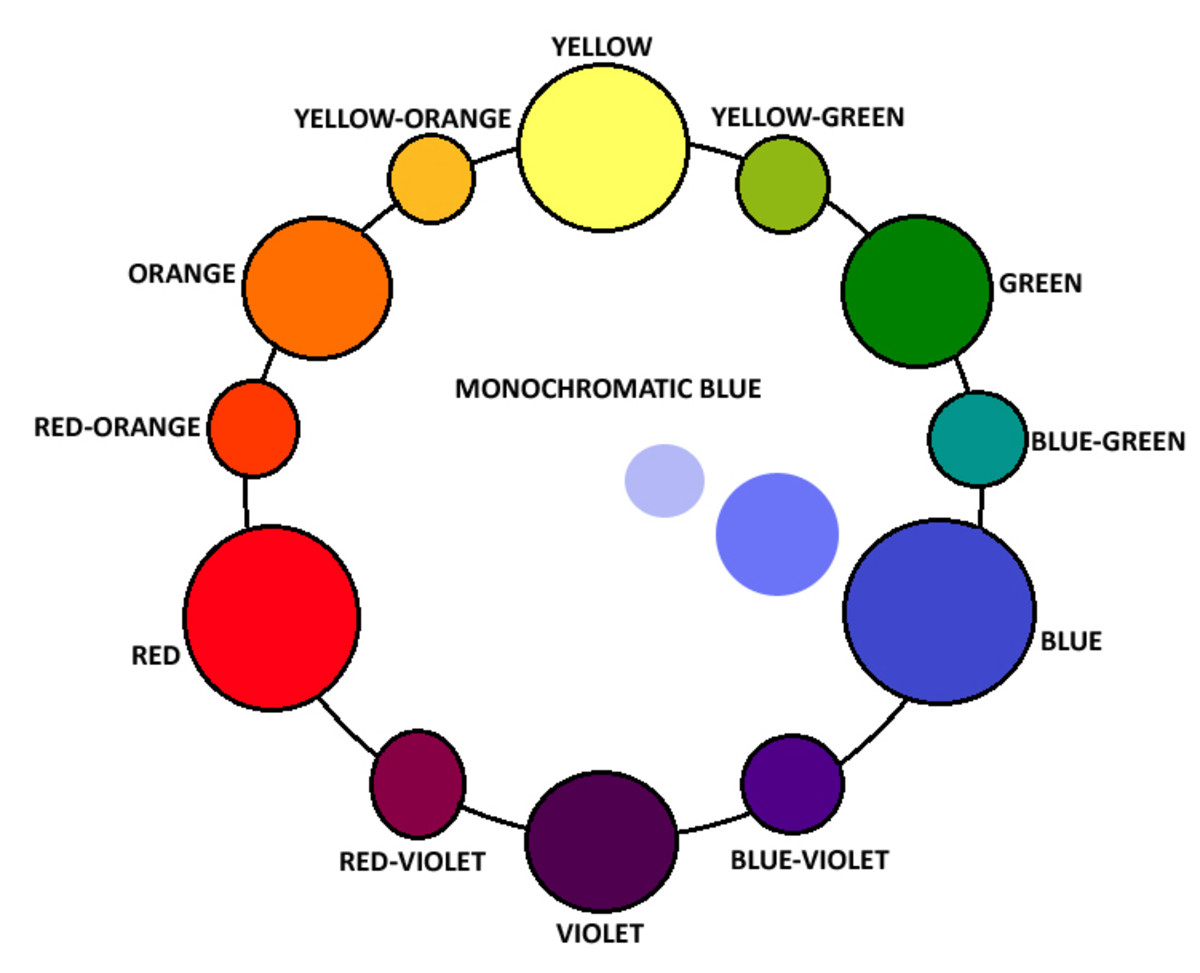








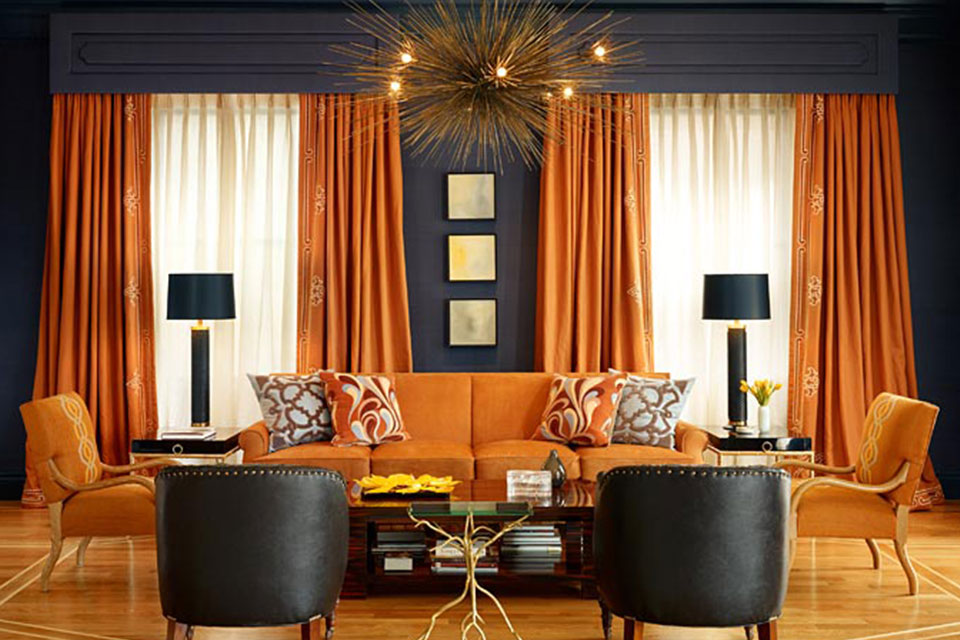
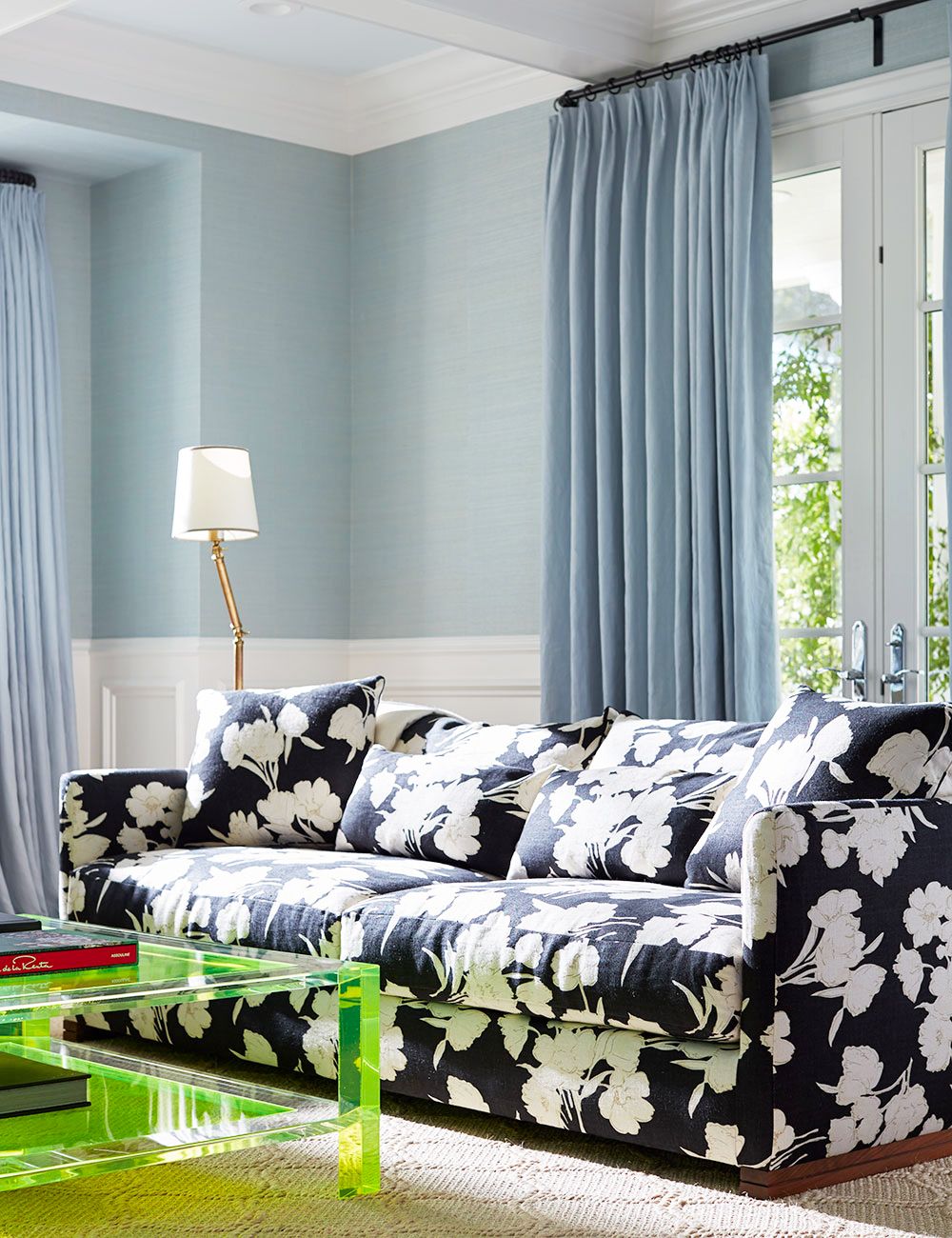



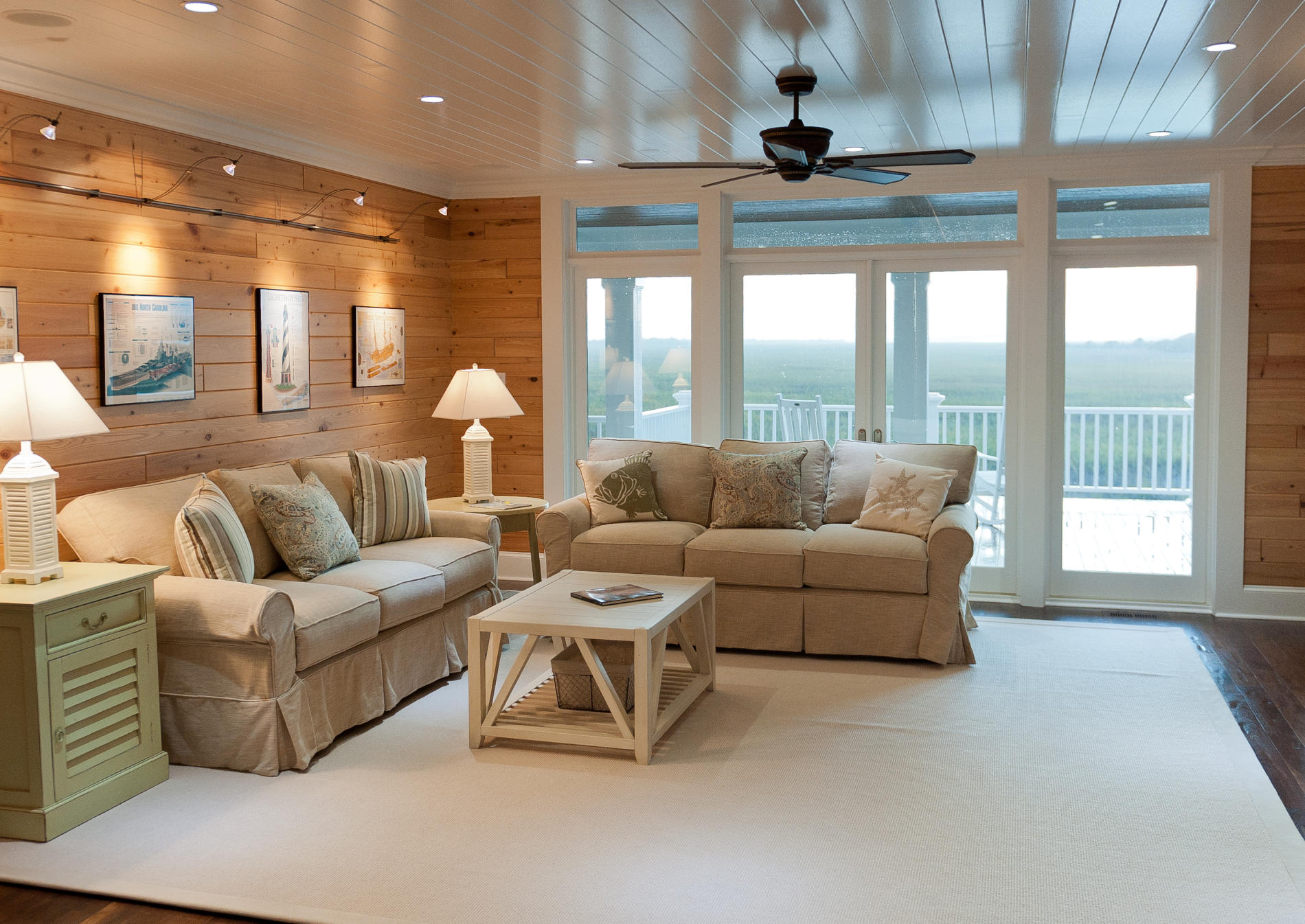

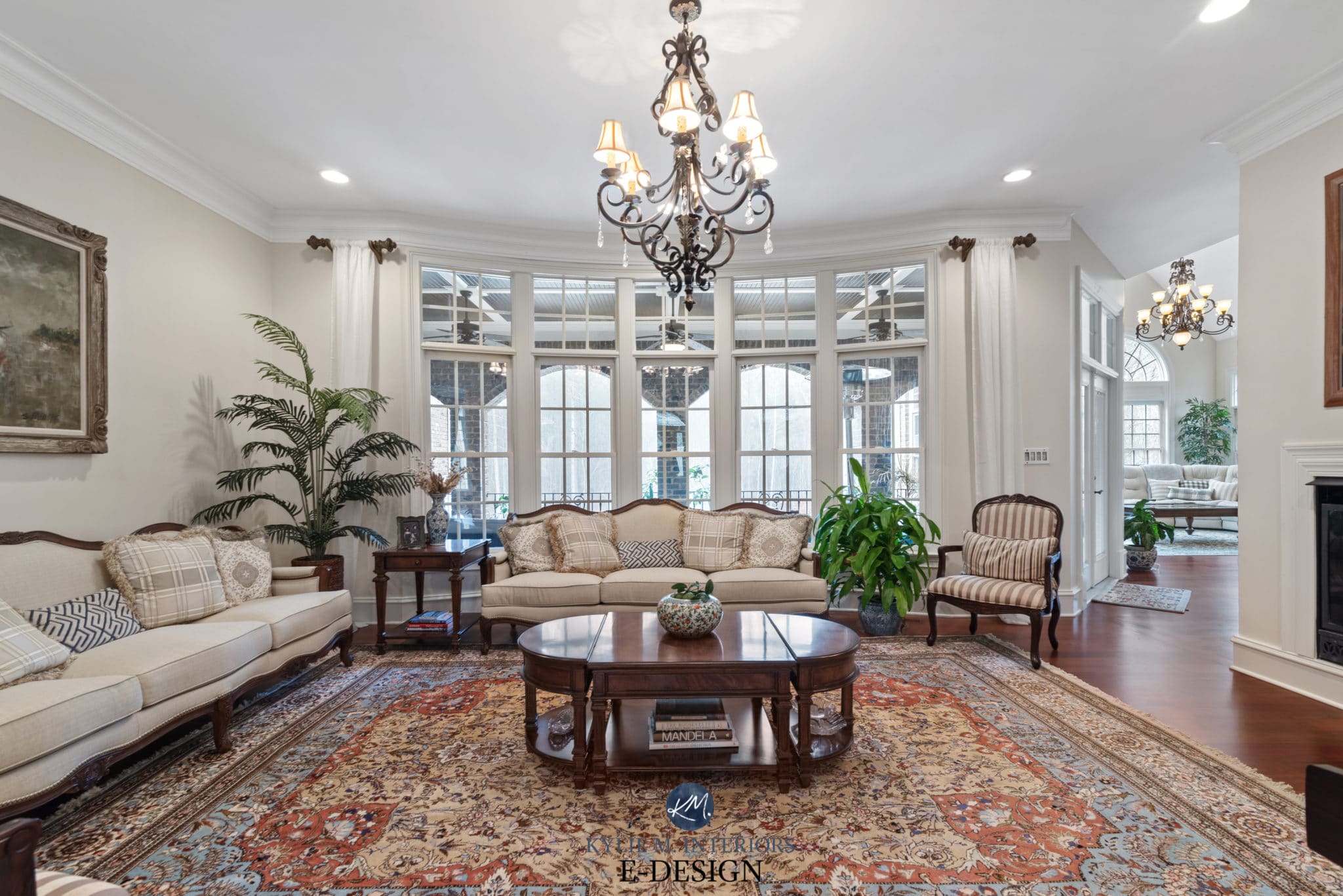



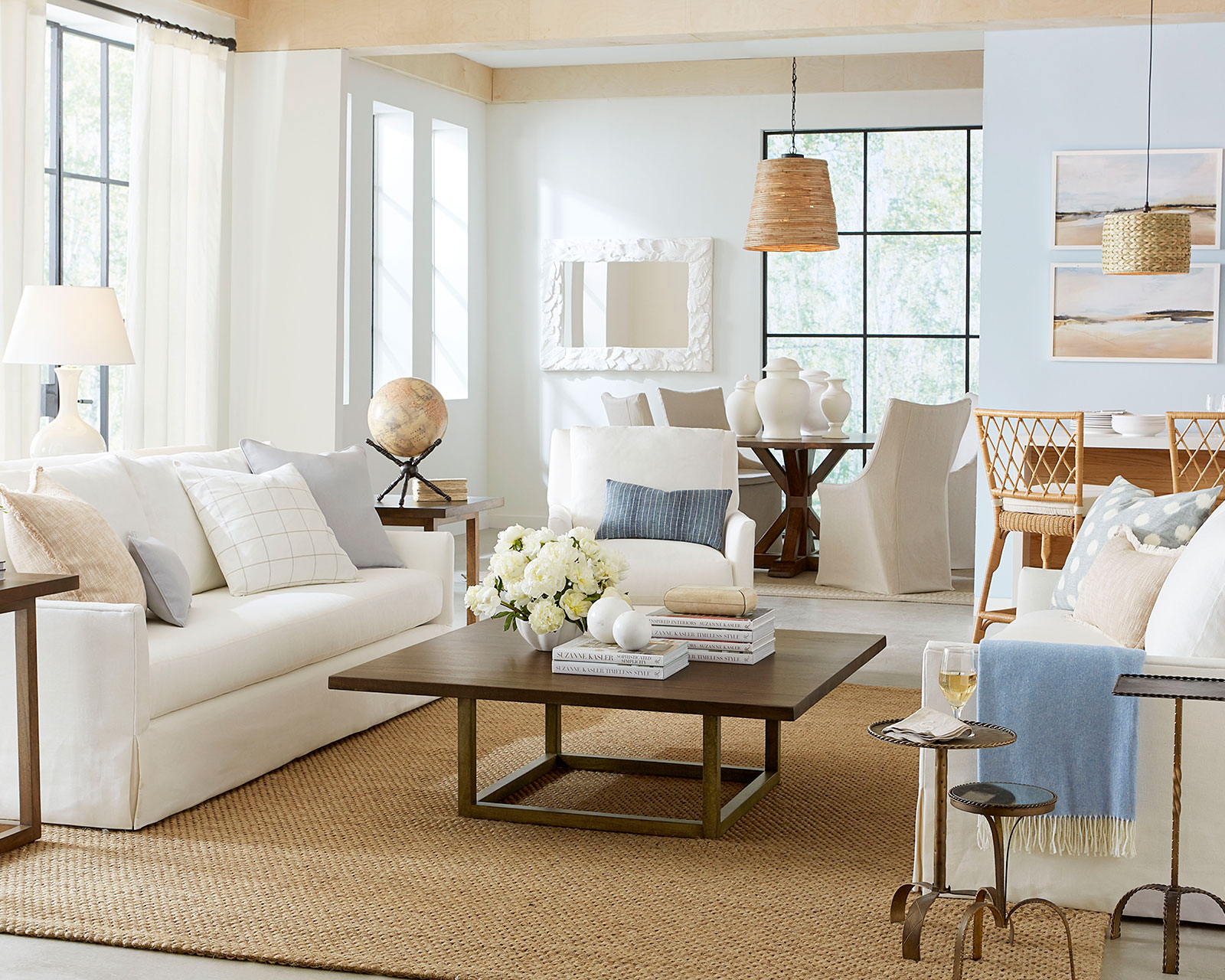
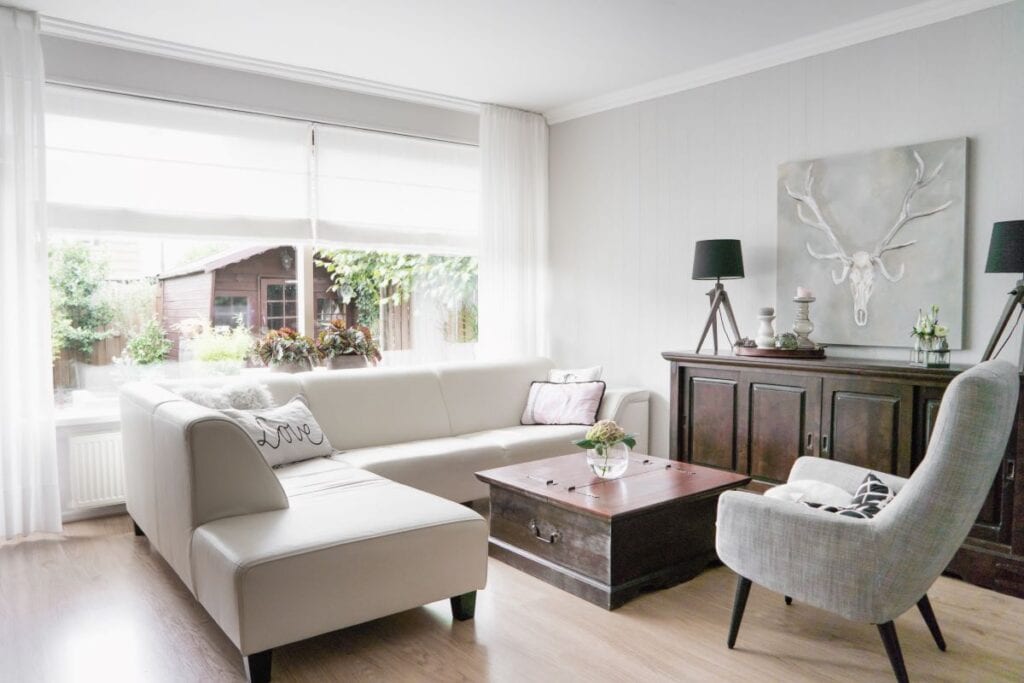
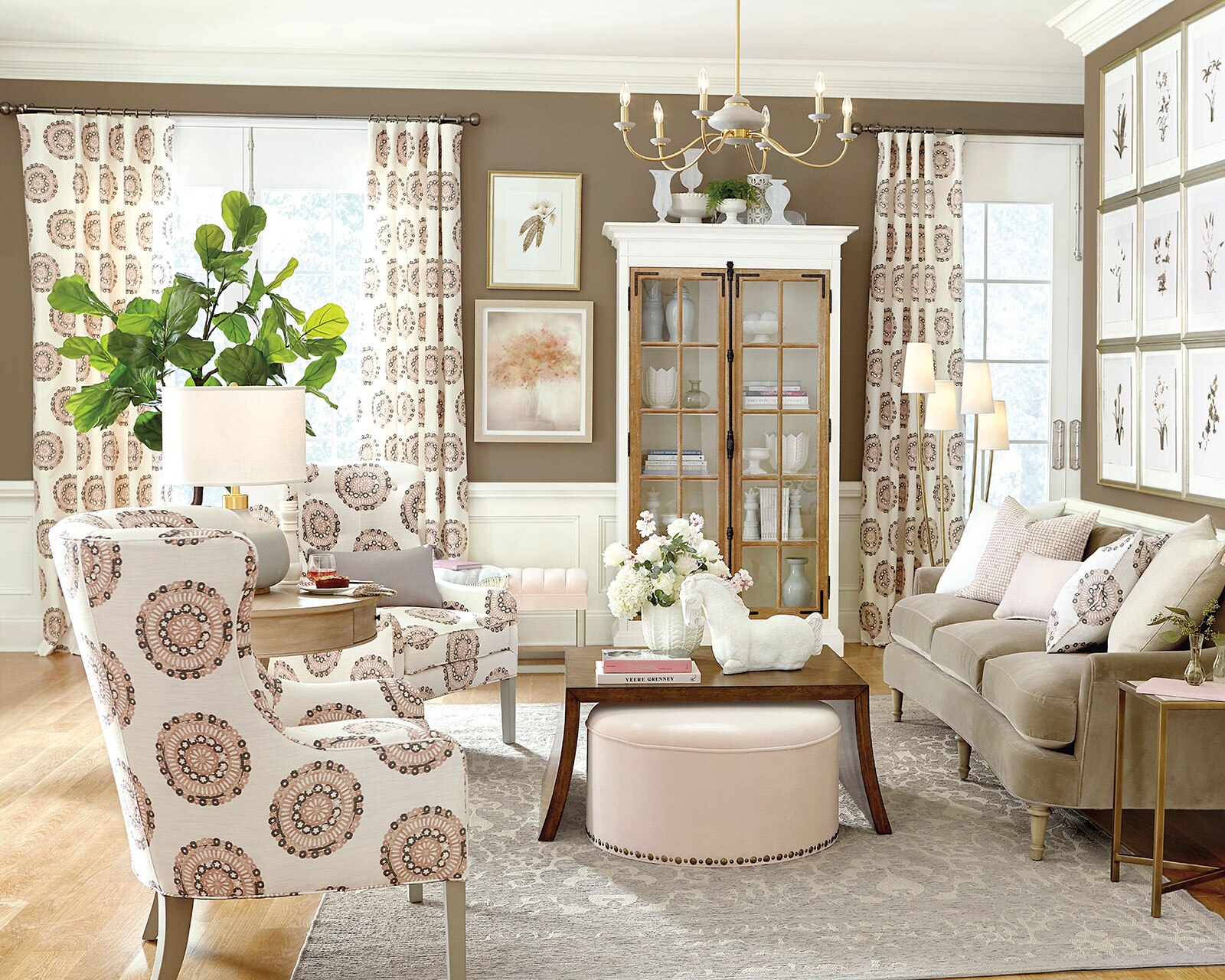


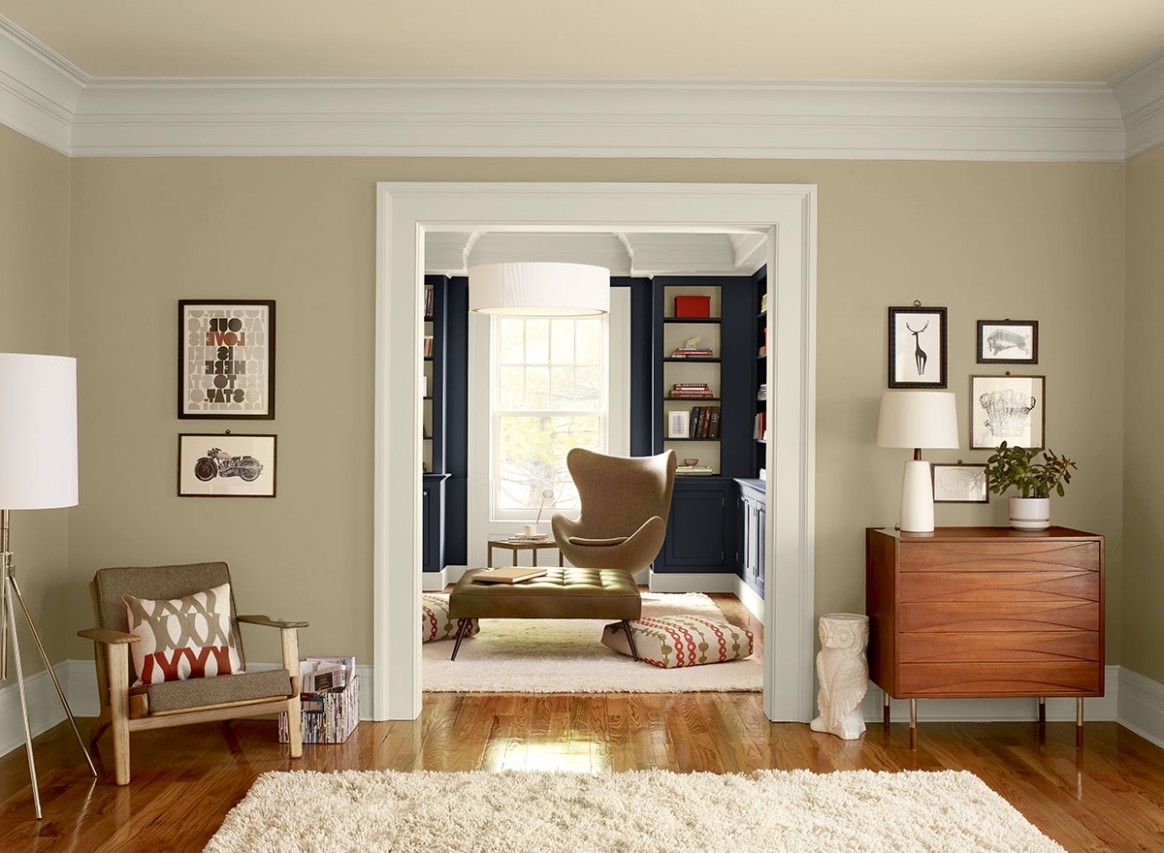













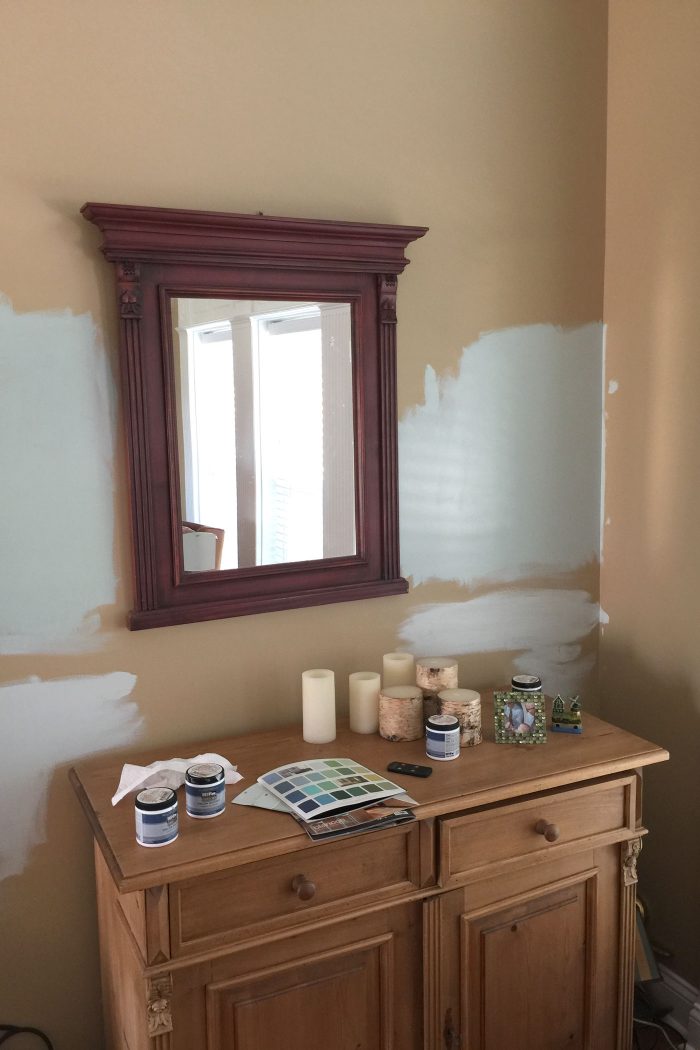
:max_bytes(150000):strip_icc()/living-room-with-orange-wall-640896866-5ab15995a18d9e0037c3a9ba.jpg)





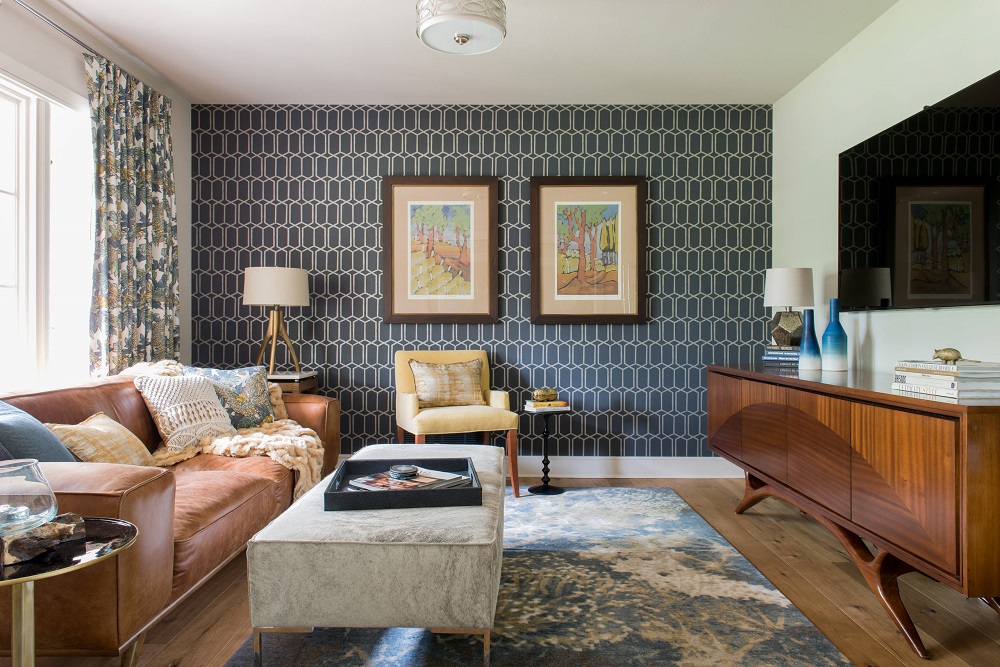
.jpg)





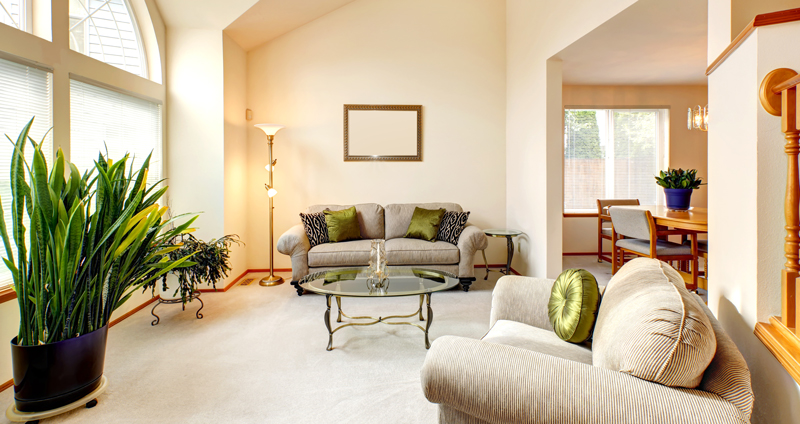





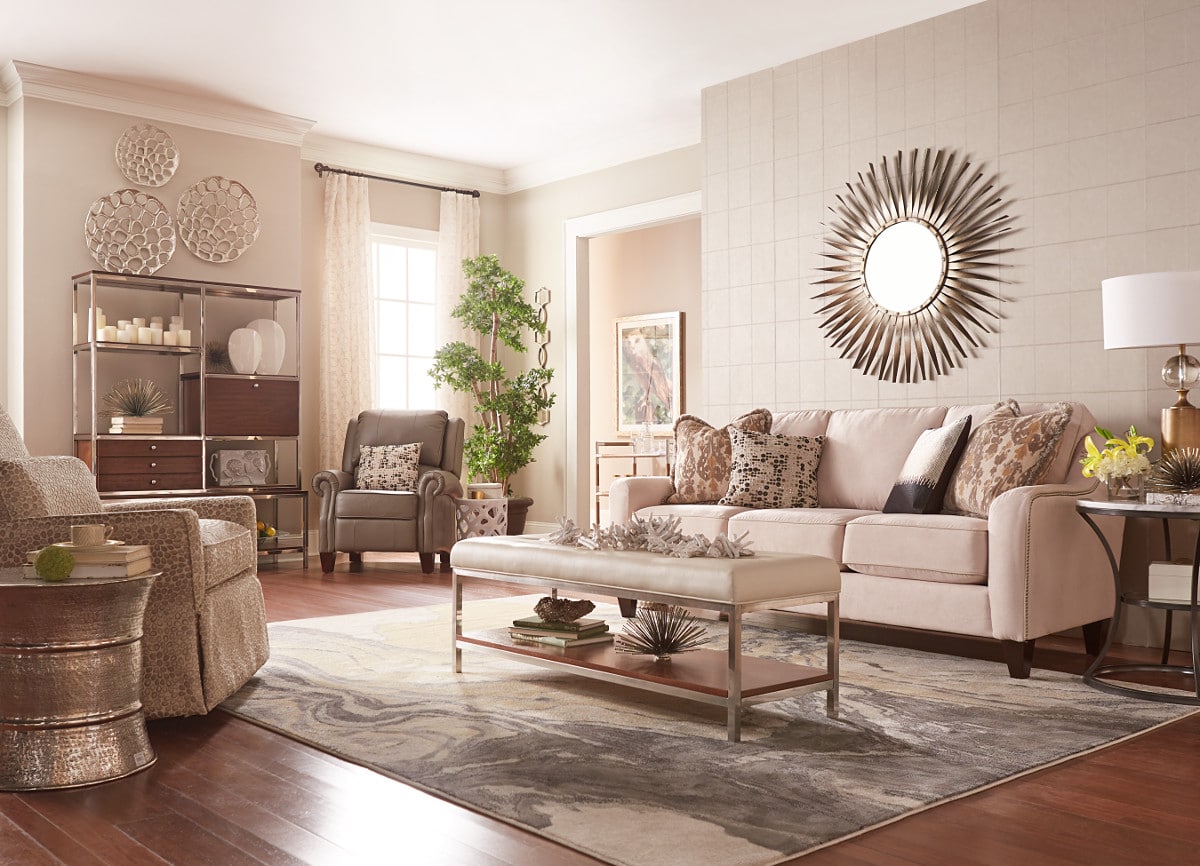
/cdn.vox-cdn.com/uploads/chorus_image/image/49392445/theindependentbarkitchen-fb.0.0.jpg)



